
The International Academy of the Digital Arts & Sciences has chosen the U.S. Climate Resilience Toolkit as one of five nominees for the annual Webby Awards for online excellence in the "Green" category.

An extreme precipitation event in 2008 cost one Upper Midwest town more than a million dollars in infrastructure repairs. Now, other municipalities can simulate how a similar event might affect them.

After a nightmare flood in 1997, Fort Collins, Colorado, stepped up efforts to improve resilience in the face of extreme events--efforts that will also serve the community well if climate change leads to heavier rainstorms.
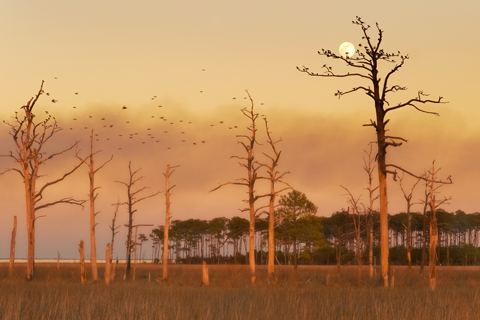
Fish nursery. Bird sanctuary. Storm surge blocker. Maryland’s Blackwater Marsh Wildlife Refuge is all those things and more. And it could be completely underwater by the end of this century. A team of ecologists and climate experts is determined to find and conserve migration corridors for the critical wetland ecosystem.
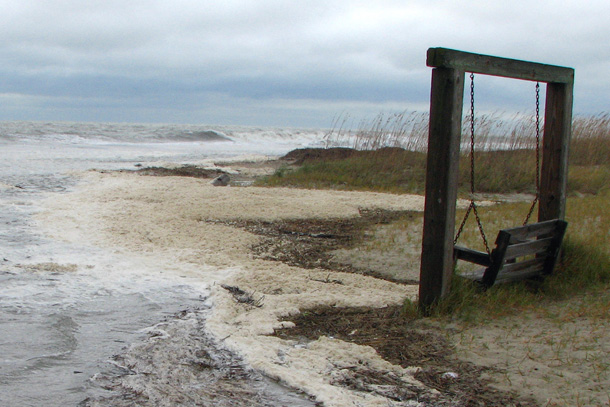
Maps and images from NOAA's online sea level rise viewer helped city officials in Tybee Island, Georgia, raise awareness of the city's vulnerabilities and set priorities for adaption efforts.
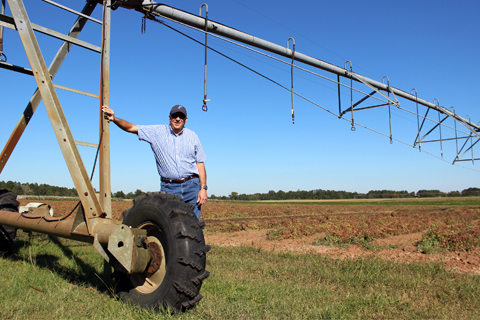
In the Southeast, a conventional crop rotation is two years of cotton followed by two years of peanuts. In this extended interview, Ron Bartel explains why farmers should consider a grass rotation, as well.
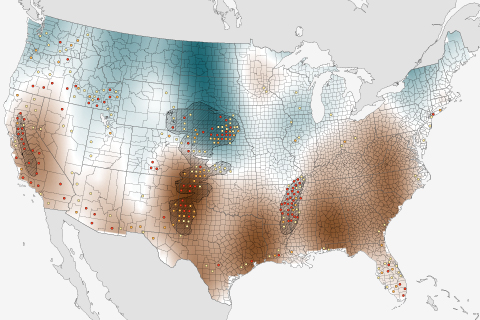
The spotlight may have been on California this past summer, but groundwater reservoirs—often the back-up for surface water supplies during prolonged drought—are in decline across much of the southern United States. Meanwhile, people are using millions of gallons of water per day in regions dependent on groundwater aquifers

Florida's humid climate is a major headache for strawberry growers. An alert system that warns of fungus-friendly weather conditions has reduced costs and risks associated with unnecessary chemical spraying.
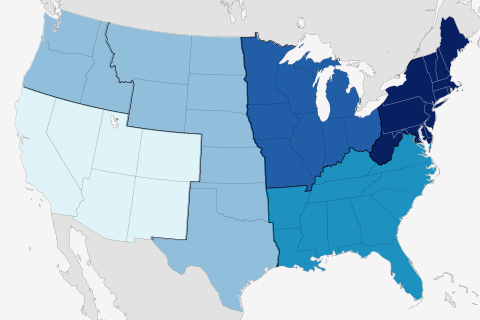
In the Northeast, the amount of rain that came down in very heavy events increased by more than 70 percent between 1958 and 2010. A new law in New York requires state agencies to start thinking ahead about increases in extreme rain and other climate change risks.
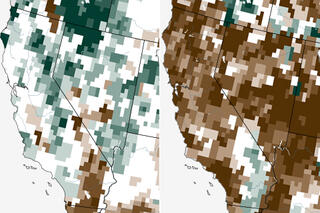
Groundwater: California’s big unknown
August 27, 2014